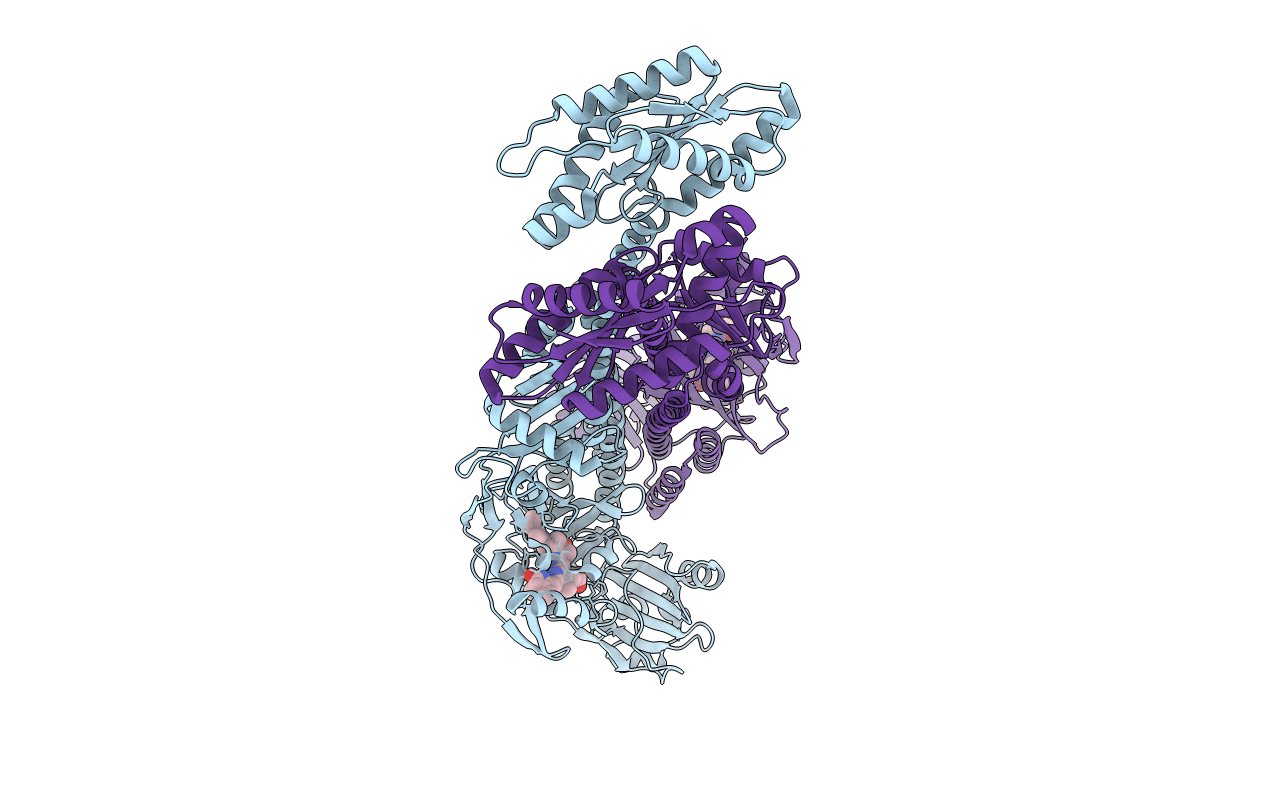
Deposition Date
2016-07-28
Release Date
2017-03-15
Last Version Date
2024-10-16
Entry Detail
PDB ID:
5LLW
Keywords:
Title:
Bacteriophytochrome activated diguanylyl cyclase from Idiomarina species A28L
Biological Source:
Source Organism:
Idiomarina sp. A28L (Taxon ID: 1036674)
Host Organism:
Method Details:
Experimental Method:
Resolution:
3.00 Å
R-Value Free:
0.25
R-Value Work:
0.20
R-Value Observed:
0.20
Space Group:
P 21 21 21


